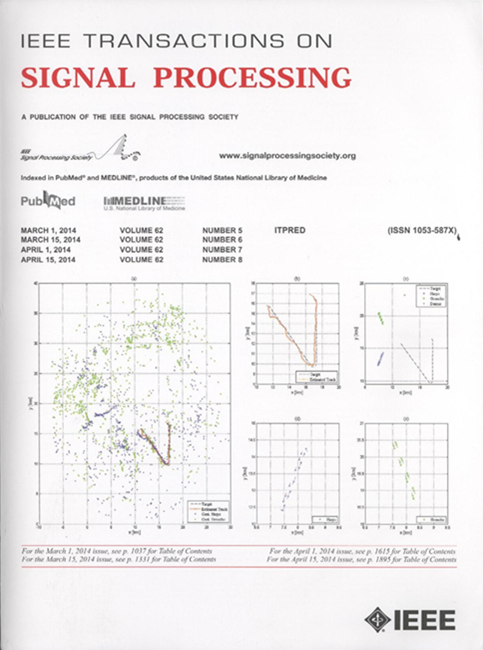On Purely Data-Driven Massive MIMO Detectors
IF 5.8
2区 工程技术
Q1 ENGINEERING, ELECTRICAL & ELECTRONIC
引用次数: 0
Abstract
The development of learning-based detectors for massive multi-input multi-output (MIMO) systems has been hindered by the inherent complexities arising from the problem’s high dimensionality. To enhance scalability, most previous studies have adopted model-driven methodologies that integrate deep neural networks (DNNs) within existing iterative detection frameworks. However, these methods often lack flexibility and involve substantial computational complexity. In this paper, we introduce ChannelNet, a purely data-driven learning-based massive MIMO detector that overcomes these limitations. ChannelNet exploits the inherent symmetry of MIMO systems by incorporating channel-embedded layers and antenna-wise shared feature processors. These modules maintain equivariance to antenna permutations and enable ChannelNet to scale efficiently to large numbers of antennas and high modulation orders with low computational complexity, specifically纯数据驱动的大规模MIMO探测器
大规模多输入多输出(MIMO)系统中基于学习的检测器的发展一直受到问题高维性所带来的固有复杂性的阻碍。为了提高可扩展性,大多数先前的研究都采用了模型驱动的方法,将深度神经网络(dnn)集成到现有的迭代检测框架中。然而,这些方法往往缺乏灵活性,并且涉及大量的计算复杂性。在本文中,我们介绍了ChannelNet,这是一种纯数据驱动的基于学习的大规模MIMO检测器,它克服了这些限制。ChannelNet利用MIMO系统固有的对称性,结合了信道嵌入层和天线共享特征处理器。这些模块保持天线排列的等价性,使ChannelNet能够有效地扩展到大量天线和低计算复杂度的高调制阶数,特别是$\mathcal{O}(N_{t}N_{r})$,其中$N_{t}$和$N_{r}$分别表示发射和接收天线的数量。理论上,ChannelNet可以近似任意连续信道分布下的任意连续排列对称函数和最优最大似然检测(ML)函数。经验评估表明,ChannelNet在不同数量的天线、调制方案和信道分布中始终优于或匹配最先进的探测器,同时显著降低了计算开销。这项研究强调了纯数据驱动设计在推进大规模MIMO系统高效和可扩展探测器方面的潜力。
本文章由计算机程序翻译,如有差异,请以英文原文为准。
求助全文
约1分钟内获得全文
求助全文
来源期刊

IEEE Transactions on Signal Processing
工程技术-工程:电子与电气
CiteScore
11.20
自引率
9.30%
发文量
310
审稿时长
3.0 months
期刊介绍:
The IEEE Transactions on Signal Processing covers novel theory, algorithms, performance analyses and applications of techniques for the processing, understanding, learning, retrieval, mining, and extraction of information from signals. The term “signal” includes, among others, audio, video, speech, image, communication, geophysical, sonar, radar, medical and musical signals. Examples of topics of interest include, but are not limited to, information processing and the theory and application of filtering, coding, transmitting, estimating, detecting, analyzing, recognizing, synthesizing, recording, and reproducing signals.
 求助内容:
求助内容: 应助结果提醒方式:
应助结果提醒方式:


